Life
Sign up for our newsletter
We summarize the week's scientific breakthroughs every Thursday.
-
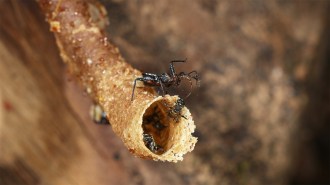 Animals
AnimalsThis tool-wielding assassin turns its prey’s defenses into a trap
This assassin bug's ability to use a tool — bees’ resin — could shed light on how the ability evolved in other animals.
-
 Environment
EnvironmentSkyborne specks of life may influence rainfall patterns
A study of weather on a mountain in Greece reveal that bioparticles in the sky may drive fluctuations in rainfall patterns more broadly.
By Nikk Ogasa -
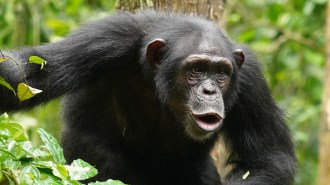 Animals
AnimalsChimp chatter is a lot more like human language than previously thought
Chimpanzees combine hoots, calls and grunts to convey far more concepts than with single sounds alone. It may be a first among nonhuman animals.
By Jake Buehler -
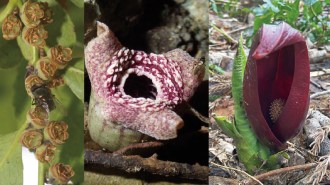 Plants
PlantsPutrid plants can reek of hot rotting flesh with one evolutionary trick
Some stinky plants independently evolved an enzyme to take the same molecule behind our bad breath and turn it into the smell of rotting flesh.
-
 Oceans
OceansBefore altering the air, microbes oxygenated large swaths of the sea
Hundreds of millions of years before oxygen surged in the atmosphere 2.4 billion years ago, swaths of oxygen winked in and out of existence in the ocean.
By Nikk Ogasa -
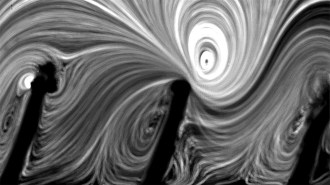 Health & Medicine
Health & MedicineLining medical stents with hairlike fuzz could fend off infections
Implanted tubes that transport bodily fluids can get gross. A lab prototype suggests a new vibration-based way to keep them clean and prevent infection.
-
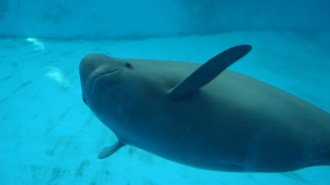 Animals
AnimalsAncient poems document the decline of the Yangtze finless porpoise
The porpoise is critically endangered. Ancient Chinese poems reveal the animal’s range has dropped about 65 percent over the past 1,400 years.
-
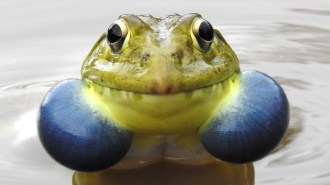 Animals
AnimalsFrog ribbits erupt via an extravagant variety of vocal sacs
Shape matters as well as size in the great range of male frog show-off equipment for competitive seductive serenades.
By Susan Milius -
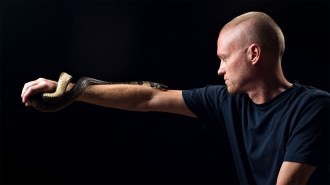 Health & Medicine
Health & MedicineA man let snakes bite him 202 times. His blood helped create a new antivenom
A new antivenom relies on antibodies from the blood of Tim Friede, who immunized himself against snakebites by injecting increasing doses of venom into his body.
By Meghan Rosen -
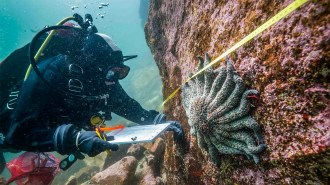 Animals
AnimalsCool water could protect sea stars from a mysterious disease
Sunflower sea stars discovered taking refuge in fjords may offer clues to saving the critically endangered species from sea star wasting disease.
-
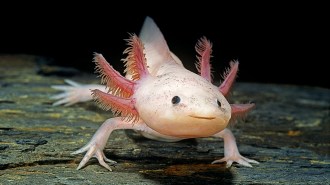 Animals
AnimalsThe axolotl is endangered in the wild. A discovery offers hope
Introducing captive-bred axolotls to restored and artificial wetlands may be a promising option for the popular pet amphibian.
By Anna Gibbs -
 Archaeology
ArchaeologyA Pueblo tribe recruited scientists to reclaim its ancient American history
DNA supports modern Picuris Pueblo accounts of ancestry going back more than 1,000 years to Chaco Canyon society.
By Bruce Bower